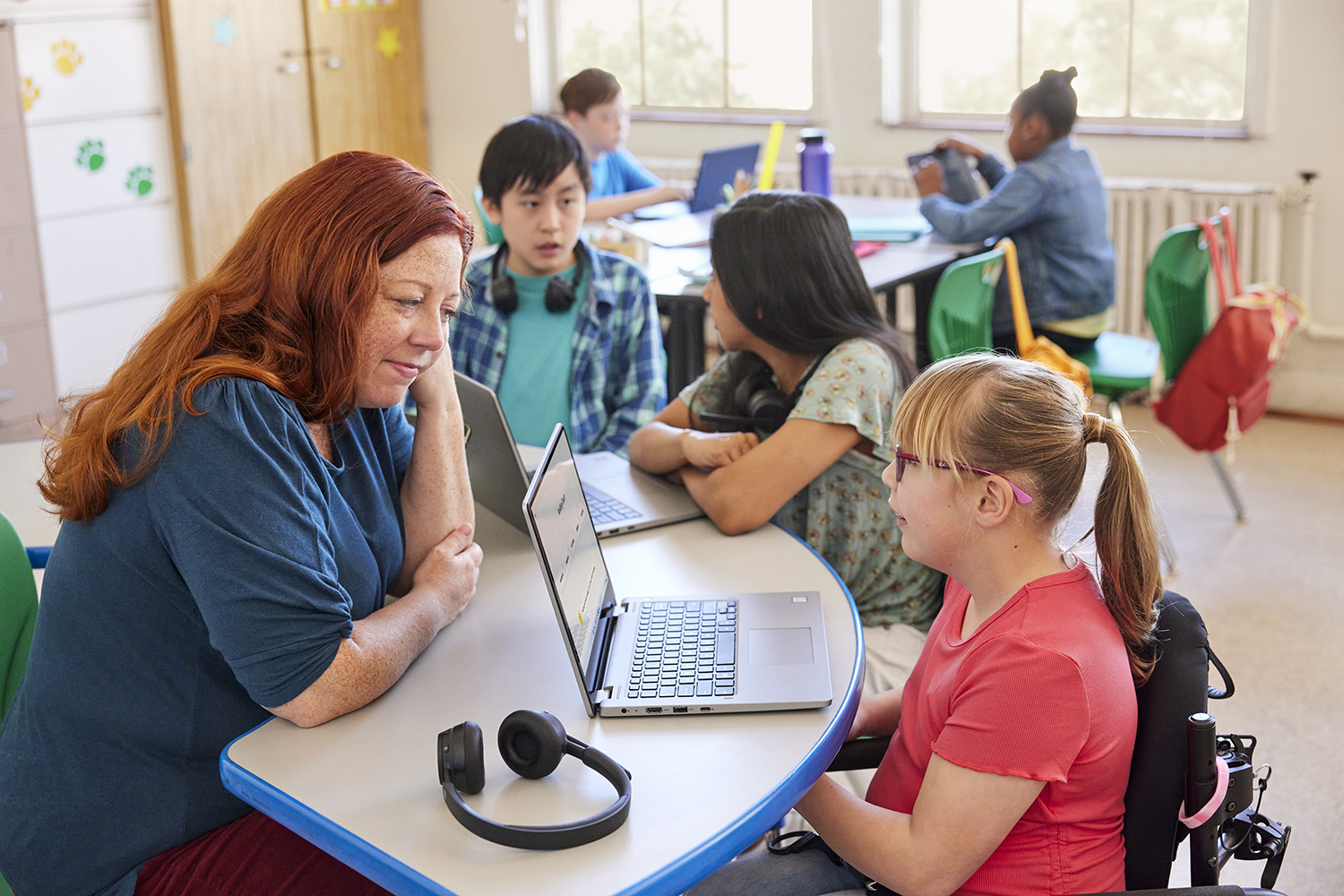School districts everywhere have found creative ways to support students, teachers, and IT professionals during recent challenging times—and St. Lucie Public Schools (SLPS) is one of them. The Florida-based district enabled remote learning for its 40,000 students and streamlined IT management in ways that have shown great benefits: it reduced tech support calls by 90 percent, boosted student and teacher productivity, encouraged inclusivity, and improved community tech skills.
Here’s how the district created successful and secure remote learning environments for all, setting itself up for any circumstance:
Streamlined tech management for IT staff
Supplying more than 20,000 new devices, including Dell laptops, for students ages 4-18 is where the district began. And deploying the Microsoft Edge browser made it easier for IT staff to stay current with the latest security and productivity features and remain compliant with regulations, since Edge can update automatically every six weeks and provides protection against phishing and malware. Standardized browsers also reduced the need for IT staff to troubleshoot issues. Overall, this led to a 90 percent reduction in support calls and improved staff workload.
Enabled secure, inclusive, and engaging remote classrooms for students and teachers
The district also used features across the tools it implemented, enhancing online classrooms. Remote classrooms not only became more secure with Microsoft Teams capabilities such as the protection of student data and the ability to moderate meetings and create classroom groups, but also became more inclusive for learning. Tools like Immersive Reader and Read Aloud in Edge allowed students with sight, hearing, or communication impairments to better learn with simplified webpage layouts, enlarged text, text-to-speech capabilities, and more. The interoperability of Teams and the ease of Edge’s organizational features also helped increase student productivity and engagement.
Fostered technological skilling for the greater community
SLPS remained adaptable, which paid off broadly. Not only did students, teachers, and IT staff adapt to remote learning, but their families and communities did too. As students strengthened their technology skills, so did the networks of people who supported them. And this skilling won’t stop at remote learning: SLPS plans to use its new tools long-term, in various class settings.
Leveraging new and effective technologies has made all the difference for SLPS, and not just in recent years. The district’s technological advancements over many years have helped it maintain a 96 percent graduation rate that’s up from what used to be roughly 75 percent.
Read more about SLPS’s success story and sign up for Microsoft’s educator newsletter to stay up to date on the latest news about Microsoft Education tools and resources.










